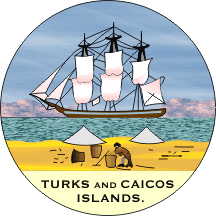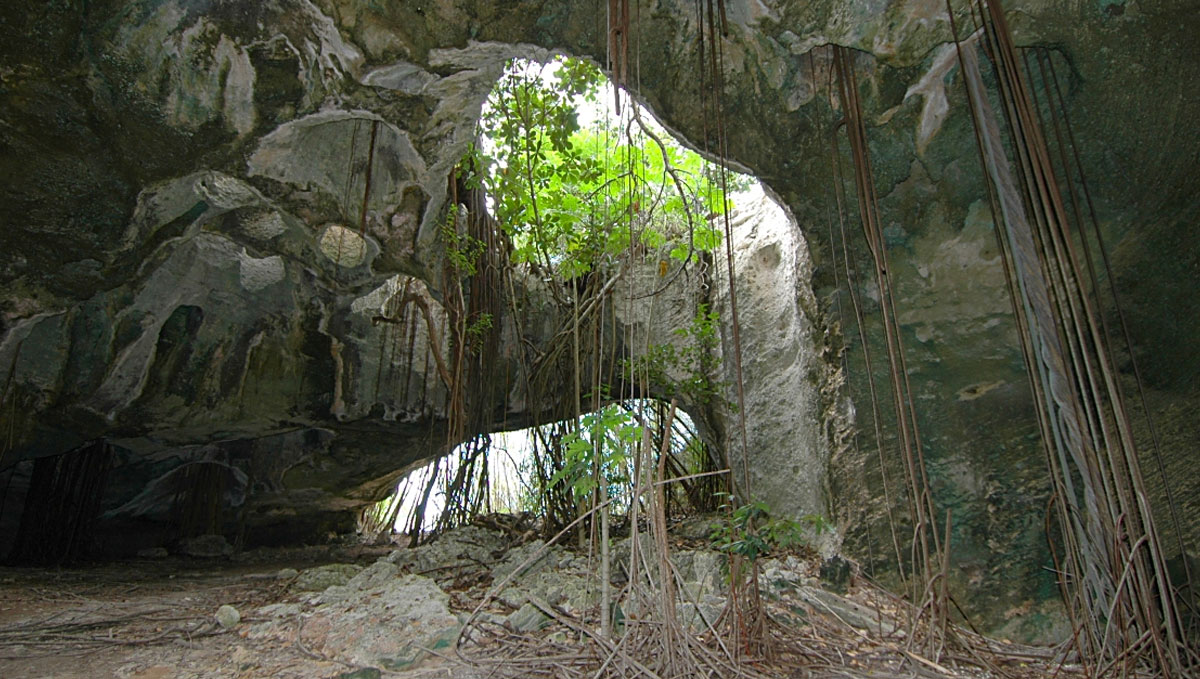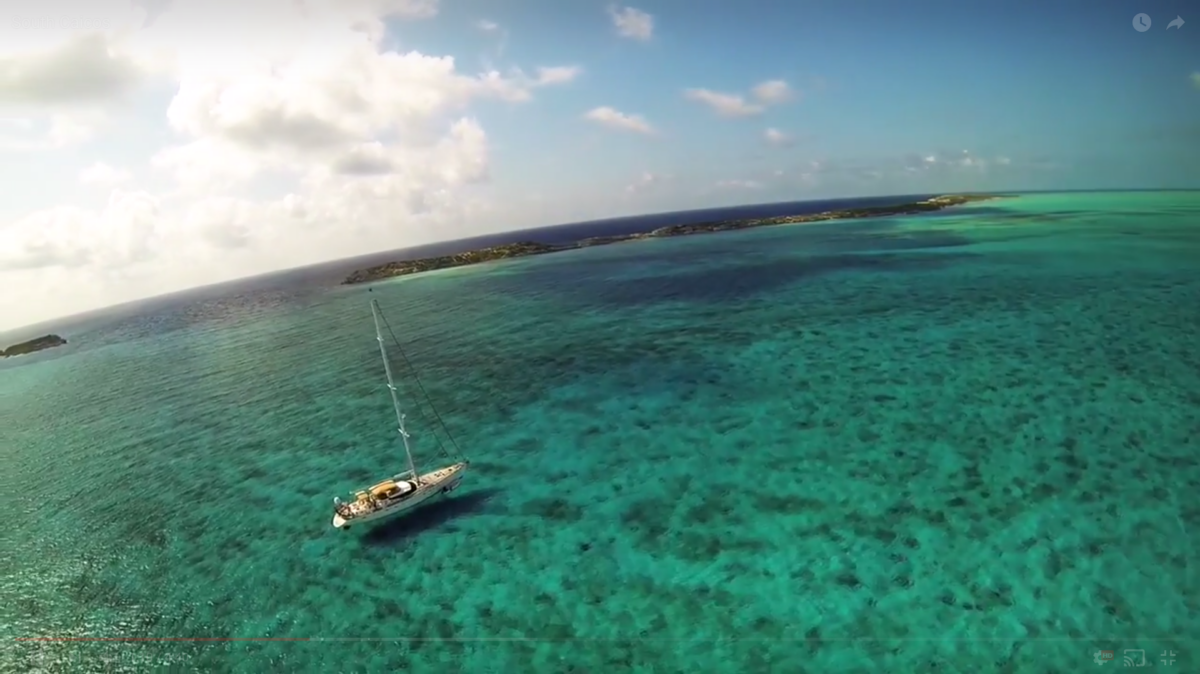Located 575 miles southeast of Miami, Florida, just below the Bahamas chain and to the east of Cuba and the island of Hispaniola (Dominican Republic and Haiti), the Turks and Caicos Islands consist of 40 islands and cays. Our island beaches are among the most popular and highest-ranking vacation spots in the world, all just under an hour by air from the American mainland.
We’re quite close by, yet still undiscovered. How many of these trivia tidbits do you know?
1. We Get Our Name from a Cactus
Words such as “canoe”, Caribbean and “caicos” are derived from the Arawak language. Even the name of the country comes from these earliest inhabitants. Turks is a reference to the indigenous Turk’s head cactus and Caicos is from the Lucayan term “caya hico” meaning string of islands.
2. We’re Not Exactly In the Caribbean…
With its beautiful turquoise waters, white sand beaches and tropical climate it would seem that the Turks and Caicos are located in the Caribbean. But we’re not! We’re actually located in the Atlantic Ocean—the Caribbean Sea is a long way away.

However, the Turks and Caicos is part of Caribbean culture. You can enjoy the great food, culture and hospitality of the region when you come and visit us.
3. We Were Once a Salt Superpower
The flag of the Turks & Caicos Islands once depicted an igloo. This was caused by a map maker confusing piles of salt with these ice and snow structures. But in reality it was salt, which was very important to the development of our country.

At the height of production at the beginnings of the 1900s, total exports from the country reached nearly 2 million bushels. About 800 acres (324 hectares) of salina was being utilized across the three islands and over 80 miles (129 kilometres) of dividing walls stood.
4. We’re Home to One of the Longest Barrier Reefs in the World
Providenciales is world-renowned for its scuba diving. The healthy barrier reef surrounding the island, the third largest of its kind in the world, is home to millions of corals, tropical fish and other underwater companions – dolphins, hawksbill turtles, manta rays, nurse sharks, and many more. Scuba diving excursions can be arranged by our Tour Desk, located next to Hemingway’s restaurant alongside the hotel’s main swimming pool.
5. We Also Have One of the Largest Caves In the Caribbean

The Conch Bar Caves, located on Middle Caicos, is the largest above-ground cavesystem in the Bahamas-Turks and Caicos Islands archipelago.
6. We Sit On Big Bubbles of Freshwater
The islands’ most distinctive natural feature, aside from our very beautiful white sand beaches, are underground fresh water “lense.” The structure and porosity of the limestone that make up Providenciales and other islands here means rainfall is absorbed and held as if by a sponge.
The freshwater lens itself is formed when lighter rainwater floats on top of the heavier, denser salty seawater, creating an underground lens-shaped layer of pure fresh water, varying in depth from a few inches to over 40 feet.
7. Our White-Sand Beaches Are Basically Just Seashells
There is over 230 miles of beach, most of it softest white sands on Earth. The sand is the remains of massive limestone deposits that rise thousands of feet above the sea floor.
8. Visitors Outnumber Locals… But By How Much?
The Turks and Caicos islands host an average of 350,000 travelers each year. That’s 10 times the amount of people who call the islands home year round.
9. The Turks and Caicos Was Part of the Space Race
NASA’s Friendship 7 mission ended when John Glenn splashed down in his capsule in the Atlantic, off the Turks and Caicos Islands. An American aircraft carrier picked up Glenn and the Friendship 7 space capsule, which can be seen to this day on Grand Turk island.
https://www.instagram.com/p/3EggdNtaWC/
10. We’re Home to the Oldest Shipwreck in the Americas
The Molasses Reef Shipwreck is the site of a ship which wrecked in the Turks and Caicos Islands early in the 16th century. It is the oldest wreck of a European ship in the Americas to have been discovered so far. The surviving parts of the hull showed construction techniques typical of 15th- and 16th-century Portuguese and Spanish ships, indicating this ship was a caravel. The age of the wreck indicates that the ship was built in Spain or Portugal and sailed across the Atlantic.


